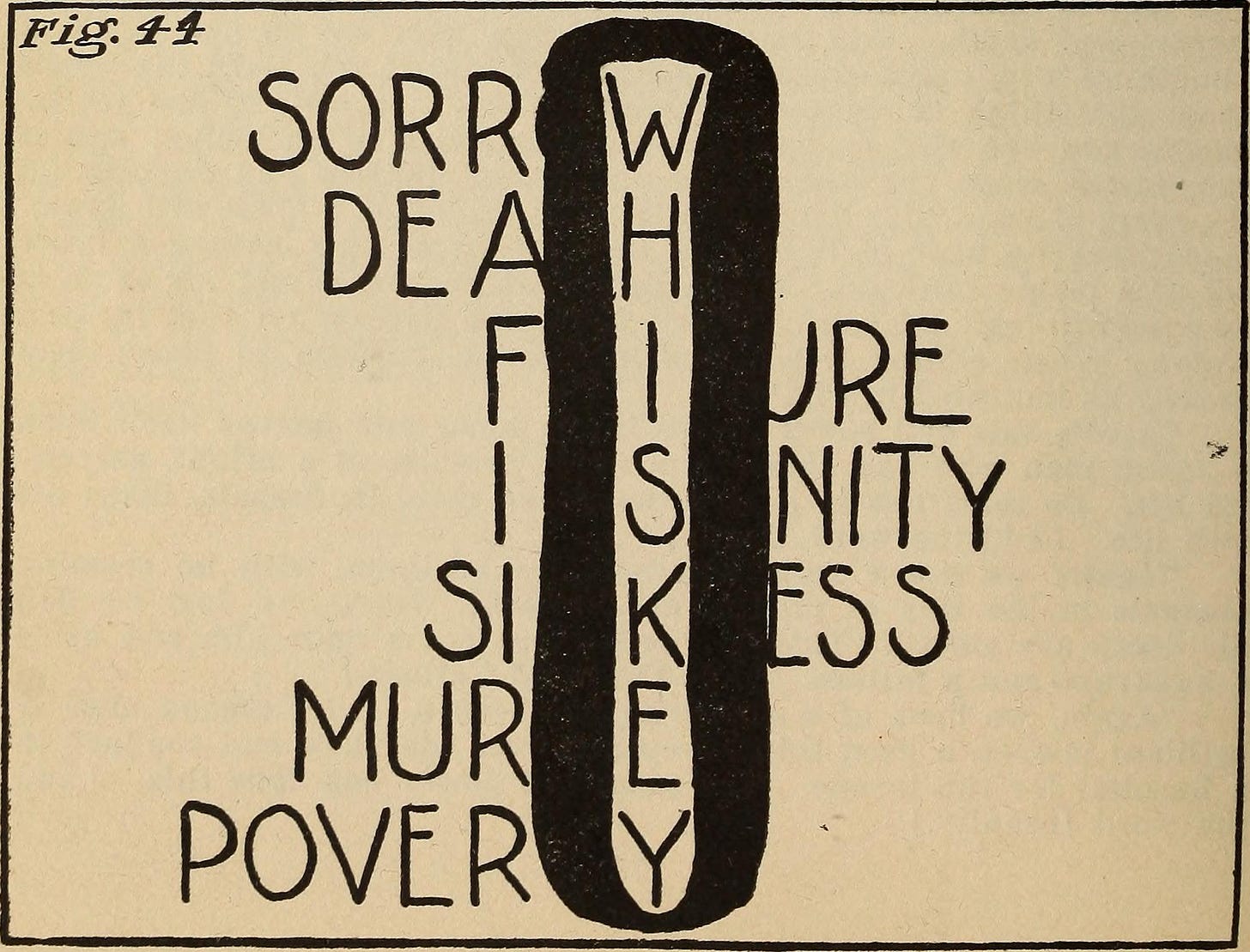The Rise and Fall of Prohibition and the Mob: Understanding the 18th and 21st Amendments
Did you know the U.S. once banned alcohol, leading to a rise in mafia power?
In the early 20th century, the United States made a bold and controversial decision: it banned alcohol. This law, known as Prohibition, was created by the 18th Amendment to the U.S. Constitution.
However, after more than a decade of unintended consequences, including a rise in organized crime, the country reversed its decision with the 21st Amendment. Understanding these two amendments helps us see how laws can shape society and how public opinion can drive change.
The 18th Amendment: The Ban on Alcohol
The 18th Amendment was ratified (formally approved) on January 16, 1919, and took effect in 1920. It made it illegal to produce, sell, or transport alcoholic beverages in the United States. This did not mean people could not drink alcohol, but it made it much harder to get legally.
Prohibition was largely driven by the temperance movement (a social movement against alcohol). Groups like the Women's Christian Temperance Union and the Anti-Saloon League argued that alcohol led to crime, domestic abuse, and poverty. They believed banning alcohol would create a healthier, safer society. Many religious and moral leaders supported the movement, seeing alcohol as a corrupting force.
At the time, the U.S. was also dealing with industrialization (rapid economic growth and factory expansion), World War I, and social changes. Some people believed that banning alcohol would improve productivity and reduce workplace accidents. Others saw Prohibition as a way to control immigrant groups who were often associated with alcohol consumption, such as Irish and German Americans.
The Consequences of Prohibition
While the 18th Amendment was meant to reduce crime and improve society, it had the opposite effect. Instead of eliminating alcohol, it pushed the industry underground. Illegal bars called speakeasies operated in secret, and bootleggers (people who illegally made or transported alcohol) became rich selling alcohol on the black market.
One of the biggest unintended consequences was the rise of organized crime. The mafia and other criminal organizations took control of alcohol distribution, making huge profits while law enforcement struggled to stop them. Famous gangsters like Al Capone built criminal empires by smuggling and selling alcohol, often resorting to violence to protect their businesses.
The government tried to enforce Prohibition with agents like those in the Bureau of Prohibition, but corruption (dishonest or fraudulent conduct by those in power, typically involving bribery) and public defiance made enforcement nearly impossible.
Meanwhile, many Americans continued to drink, and Prohibition lost public support. People saw it as a failure, and enforcement was expensive. The Great Depression, which began in 1929, also changed attitudes: many believed that bringing back the legal alcohol industry could create jobs and increase tax revenue.
The 21st Amendment: Repealing Prohibition
Recognizing Prohibition’s failure, the government decided to reverse course. The 21st Amendment was ratified on December 5, 1933, officially ending the nationwide ban on alcohol. It remains the only constitutional amendment to ever repeal another amendment.
The 21st Amendment gave states the power to regulate alcohol as they saw fit. Some states and counties continued Prohibition for a while, but most eventually allowed alcohol sales again.
The repeal of Prohibition led to the return of legal breweries, bars, and distilleries, which provided jobs and tax revenue. The government also established regulations to prevent some of the problems associated with alcohol abuse.
The Mafia’s Role and the Lasting Impact of Prohibition
During Prohibition, criminal organizations became incredibly powerful. The mafia, which was originally a loose network of Italian-American criminal groups, expanded its influence by running bootlegging operations.

Cities like Chicago, New York, and Detroit became battlegrounds for gang wars as different groups fought for control of the illegal liquor trade. Al Capone, perhaps the most famous gangster of the era, made millions smuggling alcohol and was responsible for violent events like the St. Valentine’s Day Massacre.
Even after Prohibition ended, the mafia did not disappear. The money and power they gained from smuggling alcohol allowed them to expand into other illegal activities, such as gambling, drug trafficking, and labor racketeering (illegal control of labor unions). Law enforcement agencies, including the FBI, had to work for decades to break their influence.
Why It Matters Today
The 18th and 21st Amendments show how laws can shape society and how public attitudes can change over time. Prohibition started with good intentions but had many negative effects, including increasing crime and government corruption. The repeal of Prohibition demonstrates the power of public opinion in influencing laws and policies.
Prohibition also set a precedent (example for future laws) for how the government regulates substances. Today, debates over drug legalization, gambling, and other regulations often refer back to the lessons learned from the failure of Prohibition.
The 18th and 21st Amendments remain important reminders that laws must be carefully considered and adapted to society’s needs.
Sources and Additional Readings
The Volstead Act, National Archives
The FBI and the American Gangster, FBI History
Prohibition: A Case Study in Progressive Reform, Library of Congress
The Bitter Aftertaste of Prohibition in America, The Smithsonian Magazine





